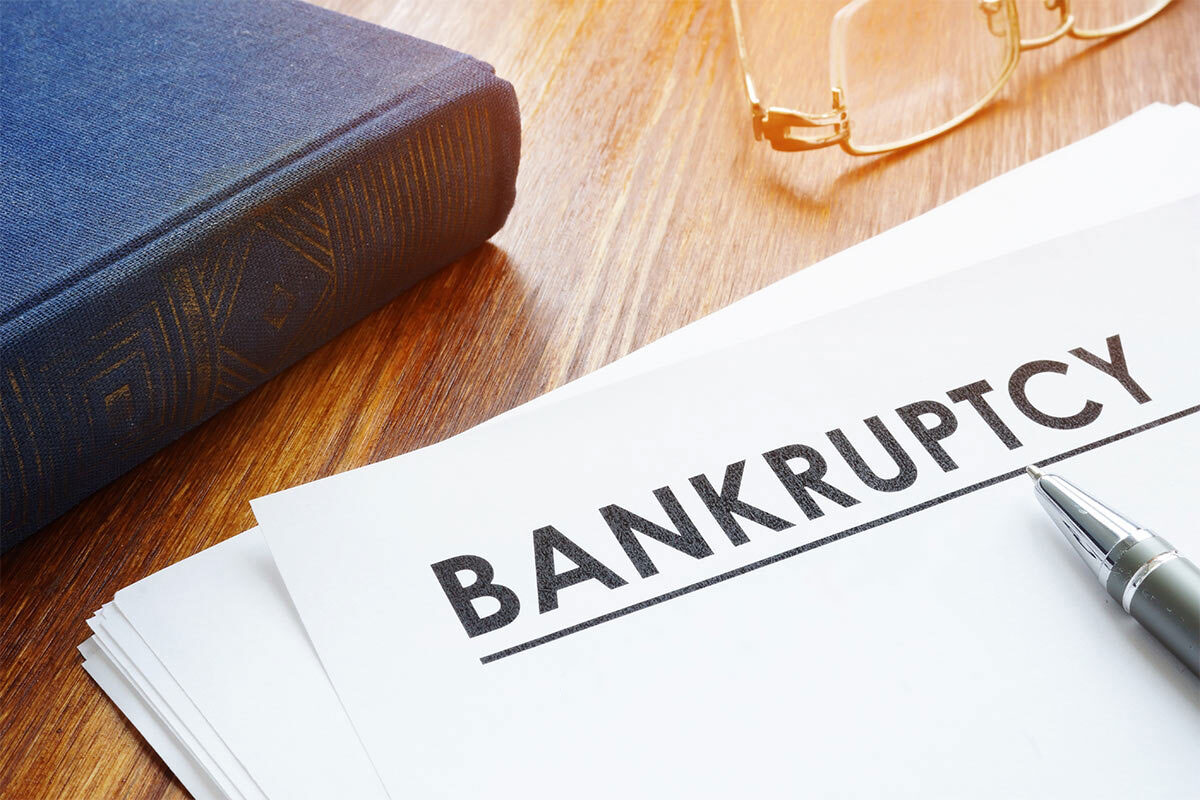Understanding Bankruptcy

Bankruptcy may get rid of your debts, but its effects are severe and long-lasting
If you are facing serious financial problems and you have explored every possible solution, bankruptcy might be your only path to financial stability. You’ll face significant fallout from bankruptcy and your credit will suffer. But, if nothing else will work, at least bankruptcy will help you close this chapter in your life so that you can begin building a new one.
If you do decide to go bankrupt, it should only be as a last resort. Before you get to that point, call us at 1-888-294-3130 for a free consultation from a trained credit counsellor, or get started online with a Free Debt Analysis.
| A trained credit counsellor can help you understand if bankruptcy is the right solution for your unique financial situation. Request a free evaluation today. | Get Help Now |
Bankruptcy, step-by-step
- When you file for bankruptcy, a trustee will evaluate your finances and determine whether or not you can service your debts. If the trustee declares you insolvent (unable to pay), you will be eligible for bankruptcy.
- A trustee assesses and liquidates your assets. Money from the sale helps to pay back your creditors and lenders. The law protects some of your assets from liquidation, but this varies from province to province.
- Once they sell your assets and the money goes to your creditors, they will discharge any remaining balances left on your debts. This means you no longer owe them money.
- The accounts will be listed under “discharge status” on your credit report for seven years. Once the seven-year period ends, your credit is wiped clean and you can start to rebuild.
Having a fresh credit report may sound good, but it can also limit your borrowing ability because you won’t have a credit history. In some ways this can be just as challenging as having bad credit. You will need to build your credit the same way you did when you first started borrowing and it will require patience and careful budgeting.
Advantages/disadvantages of filing
Advantages
- Get rid of unsecured debt, allowing for a “fresh start”
- Put an end to harassing calls from creditors
- Protect certain assets, including certain amounts of clothing, furniture, and farming property, though this varies from province to province
Disadvantages
- You cannot eliminate all debts. For example, student loans less than seven years old, child support payments, and fines or penalties imposed by the courts
- Bankruptcy will show up on your credit report for at least seven years
- Major purchases requiring debt, such as home or auto, will be delayed considerably
Should I file for bankruptcy?
Though it may be enticing to “cut and run” from your debts, declaring bankruptcy should be an absolute last resort if all other options will not work. Before you file for bankruptcy, contact Consolidated Credit at 1-888-294-3130 for a free consultation with a trained credit counsellor and they may be able to find an easier route to financial stability.
| Talk to a trained credit counsellor today to better understand your options for debt relief before you decide. | Free Evaluation |

